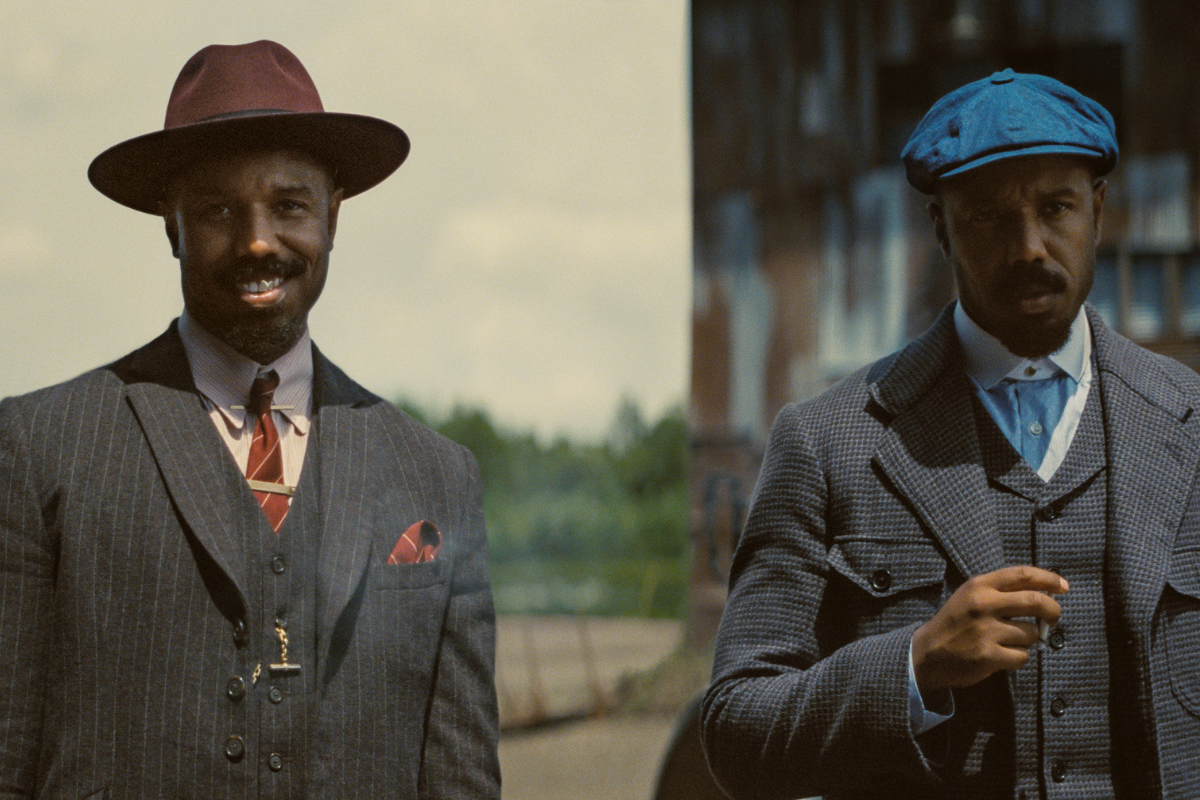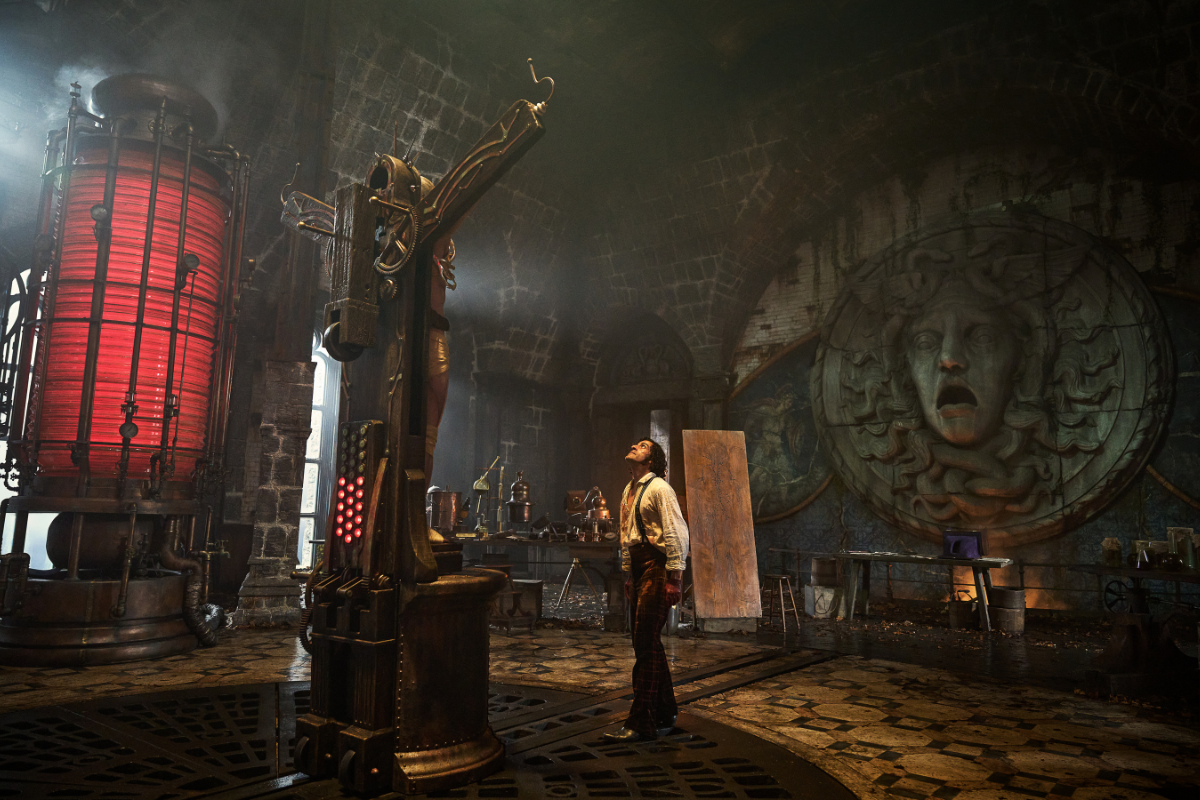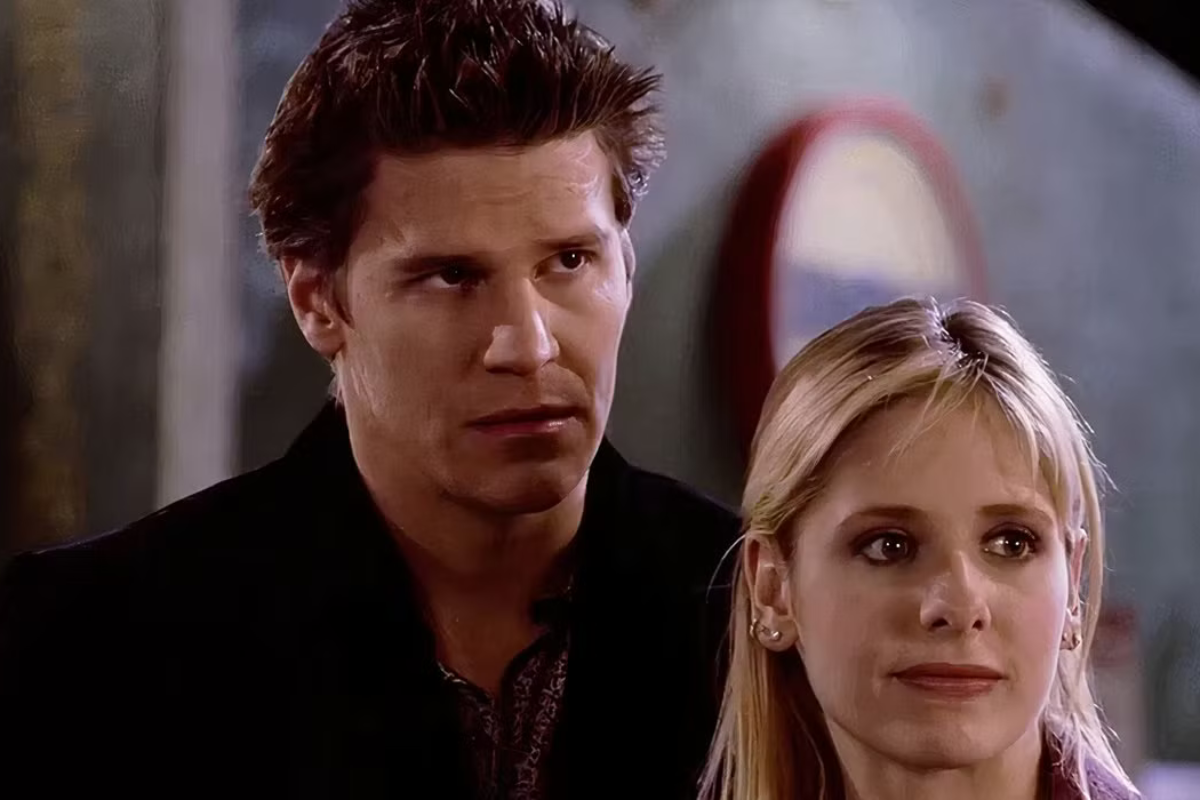Specs & The City: Writing Scenes – In Late / Out Early and ‘The Dark Knight’
Brad Johnson explains the concept of “in late and out early” when writing scenes by using ‘The Dark Knight’ as an example.
There aren’t a lot of hard and fast rules in screenwriting, despite how much some people try to make you believe that there is, but there are a lot of best practices. These are concepts that have worked time and time again in scripts; mostly because they fit into the mold of what is satisfying from a storytelling perspective. Basic three act structure, the sequence method, Joseph Campbell’s Hero’s Journey, and Snyder’s Save The Cat – they’re all merely suggestions of a certain form that has been satisfying to audiences over the years; feel free to follow or abandon their advice based on what the needs of your individual story (but please, learn the reasoning behind their advice before you decide to disregard it).
When you boil it down, the only real rules of screenwriting come on the formatting side; what the industry expects a professional script to look like. But, if there were one piece of advice that comes about as close as you can get to a “rule,” that would be that often quoted idiom, “get in late and leave early.”
As well known as it is, I’m constantly amazed by how many screenwriters can’t seem to put it into action. They bog their story down with characters saying hello and goodbye or fill it with pieces of ancillary information that the audience doesn’t need. And the reason it happens, I think, is that a lot of writers don’t really understand the purpose of the individual scenes in their script.
As you move through your story, each individual scene should be filled with forward momentum. It should be moving some key aspect of the story forward, whether it’s plot, character, theme, whatever. If a scene isn’t doing that, you should cut it. Period. But that rule also applies within the scene and is where “get in late and leave early” comes into play. Each scene should only consist of the moments that matter to the purpose of that scene.
Let’s take a look at a little film that made a Billion dollars (with a “B”) in box office for an example…
In Late / Out Early and ‘The Dark Knight’
Jonathan and Christopher Nolan’s script for The Dark Knight opens with a great example of this. There’s a bank heist starting, and it’s also our introduction to The Joker.
Here’s the beginning of the first scene in the film.
Notice how we don’t see the criminals showing up for the heist. There’s no round of greetings and introductions, or unpacking of equipment. It jumps right into it with the bank job having already started. Any earlier than this, and the audience starts off bored, waiting for the real point of the scene to begin; any later than this and the audience might be confused about what’s actually going on. This scene HAD to start here in order to accomplish the point(s) of the scenes.
And now, let’s look at the end of the scene…
It’s a great character moment for The Joker, and gives us our first glimpse of how deranged he is. But then the scene cuts as he drives away in the bus. We know that the grenade is going to explode; that the poor bank manager is doomed. But we don’t stick around and watch the explosion. Why? The reason is simple: we don’t need to. The point of the scene has been accomplished.
It’s time to move on to the next part of the story.
Go through your own script and look at each scene individually. Identify the purpose of each scene, and then be honest with yourself – is every moment on paper important to achieving that scene’s goal? If not, axe it. It can be tough, but you’ll thank me for it later.
Until next week, put a smile on that face and keep writing.
Related Articles:
- More Specs & The City articles by Brad Johnson
- Specs & The City: Writing Action Scenes and 'Die Hard'
- Wendy’s LA4HIRE: Essential Ingredients to Writing a Screenplay that’s Powerful
Tools to Help:
Brad Johnson is a screenwriter and producer who has placed in multiple competitions including Final Draft Big Break and the Walt Disney Television Writing Program. He has served as a judge for the Nashville Film Festival and the NYC Midnight Short Screenplay Challenge, and worked as a script consultant through his website, ReadWatchWrite.com. You can follow Brad on Twitter @RWWFilm.







